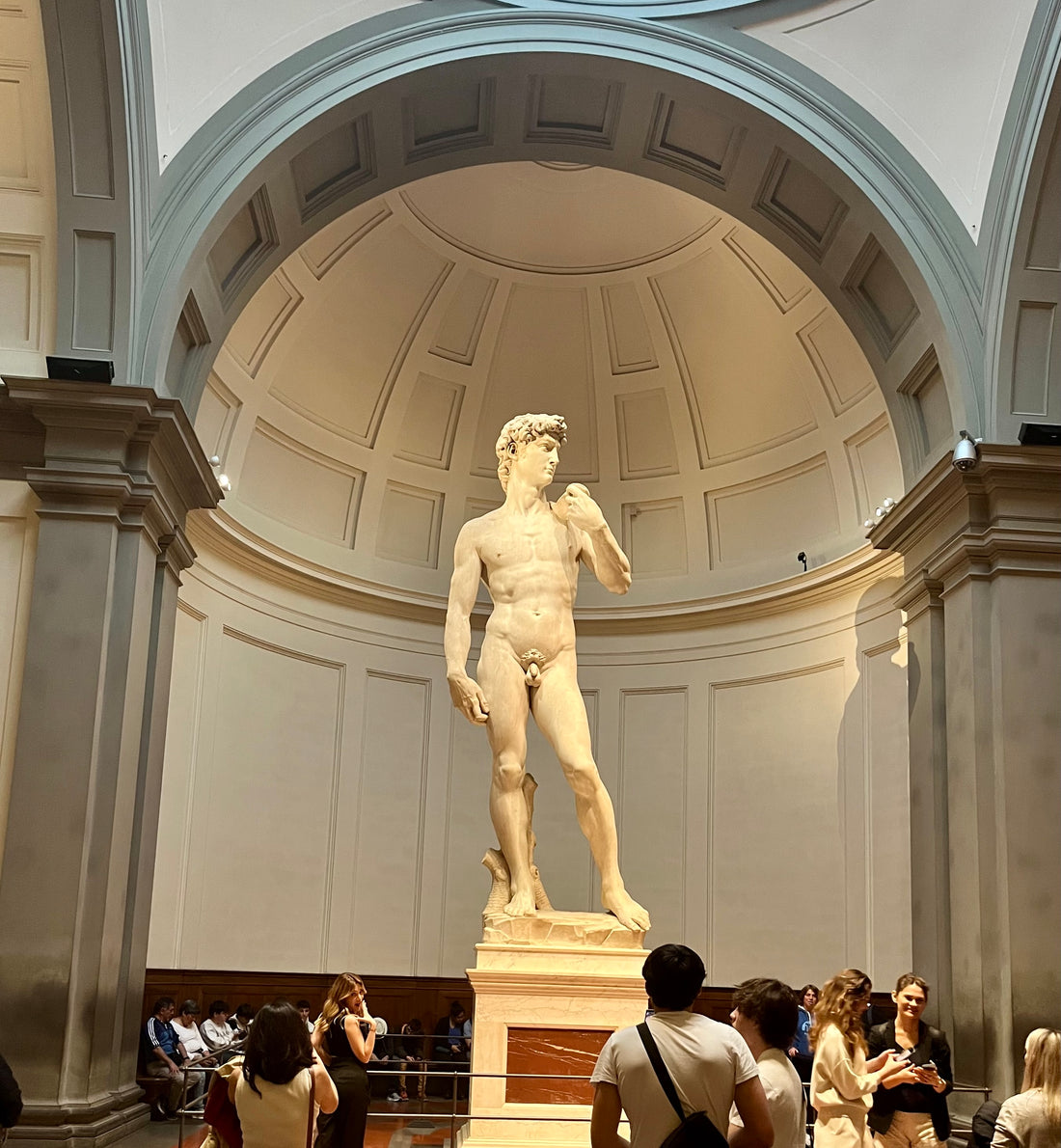
The Bible of the Poor who Cannot Read: The Role of Biblical Art
The pragmatic usage of the Bible within secular politics is mirrored in the use of Biblical motifs in art commissioned by secular patrons during the period. From a post-conquest focus on Biblical stories involving primogeniture due to the succession issues in Normandy and England between the sons of William the Conqueror,[1] to 13th century representations of Cain and Abel conveying the need to pay tithes, contemporary context was key to the ways in which secular figures made use of the Bible to support their authority. Biblical stories provided an effective structure that secular patrons could make use of in order to develop their own authority. Joseph Gutmann refers to the presence of ‘extra-biblical legends’ appearing within art of the period,[2] reflecting the willingness with which secular patrons could adapt Biblical events in order to better suit their own particular circumstances.
As an example of broader, non-literal, artistic uses of the Bible to support secular authority, Jonathan Alexander details the emergence of the idea of Christian mounted warriors in the 11th and 12th centuries, and highlights their contrast with the emphasis that that the New Testament places on pacifism and pacifist intentions.[3] This demonstrates a common use of the Bible to support secular authority – it was often used to provide a broader moral framework, within which contemporary issues could be interpreted, whether directly through political law, or indirectly through art.
Mirroring this usage of stories within the Bible to support secular forms of authority, individuals within Biblical stories often became associated with specific places, further demonstrating the power of the Bible within secular politics. The heroic figure of David, for example, was increasingly connected to the city state of Florence during the 14th and 15th centuries. The potential parallels for secular patrons wishing to demonstrate their religious faith and their patriotism are clear: a small and young individual, able to effectively resist the forces of evil via the divine help of God, mirroring the emergence of Florence as a significant political entity within Italy.
Specific examples demonstrate the extent to which secular figures and organisations would make use of such parallels – Donatello’s David (1440) was commissioned by Cosimo de’ Medici, a member of the main ruling family within the city, while the later Michelangelo’s David (1501 to 1504) was commissioned by the Arte Della Lana, a highly influential wool guild within the city, following the removal of the Medici a decade earlier and the establishment of a fledgling Florentine Republic. The commissioning of religious art within a patriotic context shows the importance that secular figures placed on the Bible as a political tool; although not as direct as the influence that the Bible had on the development of secular law, it demonstrates the extent to which authoritative figures believed in the secular potential of the Bible as a way to strengthen their own positions within society.
It is thus important to consider why art was seen as an effective way to represent the Bible in secular situations, particularly given the ongoing issues with iconoclasm throughout the medieval period. While Pope Gregory was of the view that art was ‘the Bible of the poor who cannot read’, this argument is not entirely convincing in a secular context – as Jonathan Alexander argues, it does not justify the function of religious art within secular society, and it does not confront the manner in which Biblical events should be represented.[4] Albeit in a religious context, Herbert Kessler suggests that ‘despite the authority that medieval Christianity vested in Scripture, words were not deemed fully reliable’, and that art was thus seen as a more effective way to represent the Bible.[5]
However, this can in turn be used to suggest why Biblical art was used within a secular context; references to the Bible, even within purely secular art, would serve to remind the viewer of the close relationship between religious and secular power structures. In a similar way to the usage of religious law as a framework for secular law, Kessler himself argues that usage of Biblical ‘art attested to…God’s intentions in history’,[6] and would have thus reinforced the idea of secular rulers being God’s representatives on Earth, and their position in a lineage leading back to the great kings of Israel. This mirrors the ways in which usage of the Bible could allow secular rulers to link themselves to the political structures of Classical Rome, and demonstrates the extent to which the Bible was seen as having the potential to stretch across centuries of history, in turn allowing secular figures to strengthen their own authority.
[1] Jonathan Alexander, “Iconography and Ideology: Uncovering Social Meanings in Western Medieval Art,” Studies in Iconography 15, (1993): 16, 20.
[2] Joseph Gutmann, “On Biblical Legends in Medieval Art,” Artibus et Historiae 19, no. 38 (1998): 137.
[3] Alexander, “Iconography and Ideology,” 30.
[4] Alexander, “Iconography and Ideology,” 36.
[5] Herbert L. Kessler, “On the State of Medieval Art History,” The Art Bulletin 70, no. 2 (1988): 184-185.
[6] Kessler, “Medieval Art History,” 184.